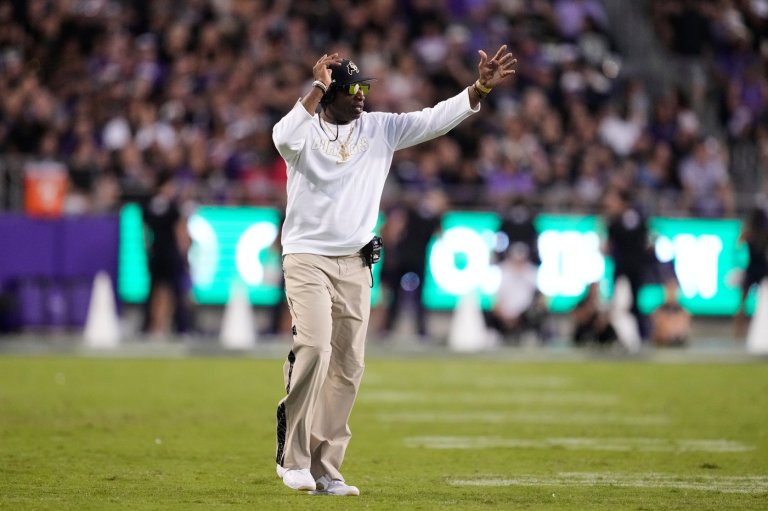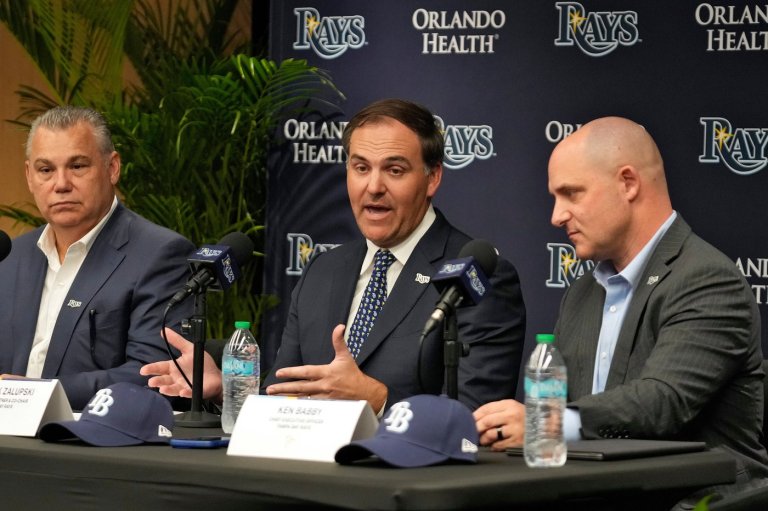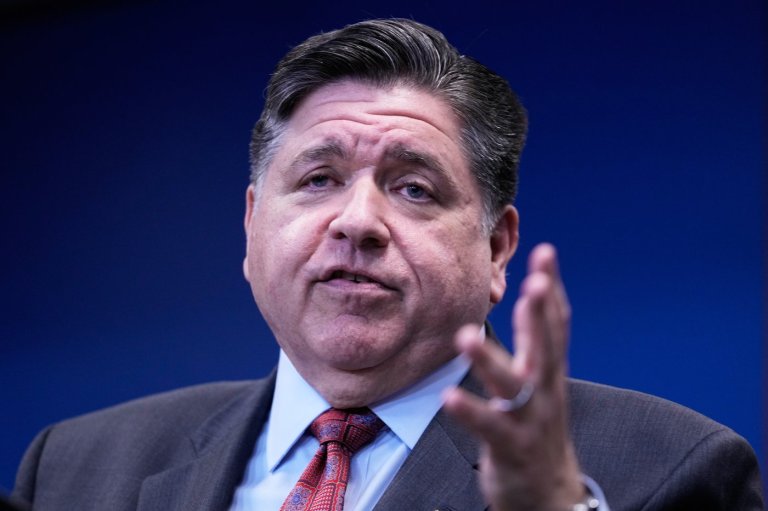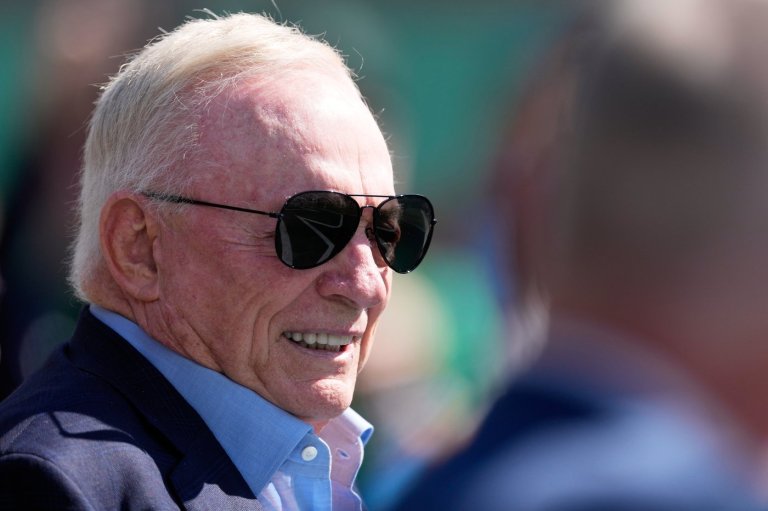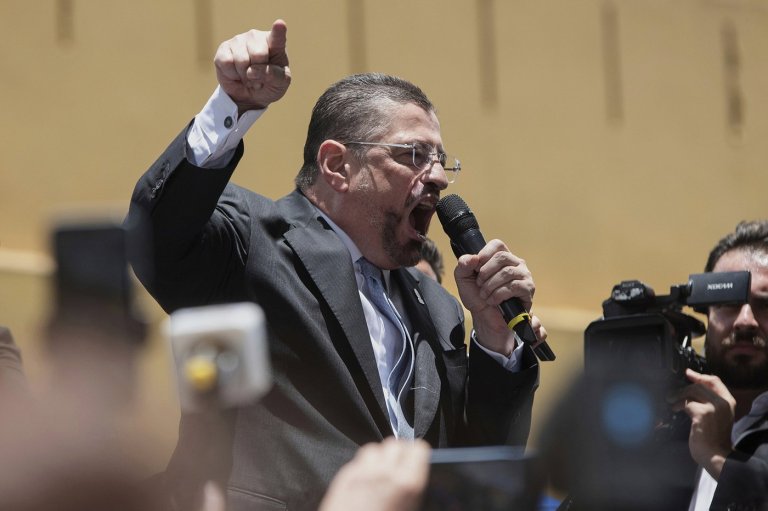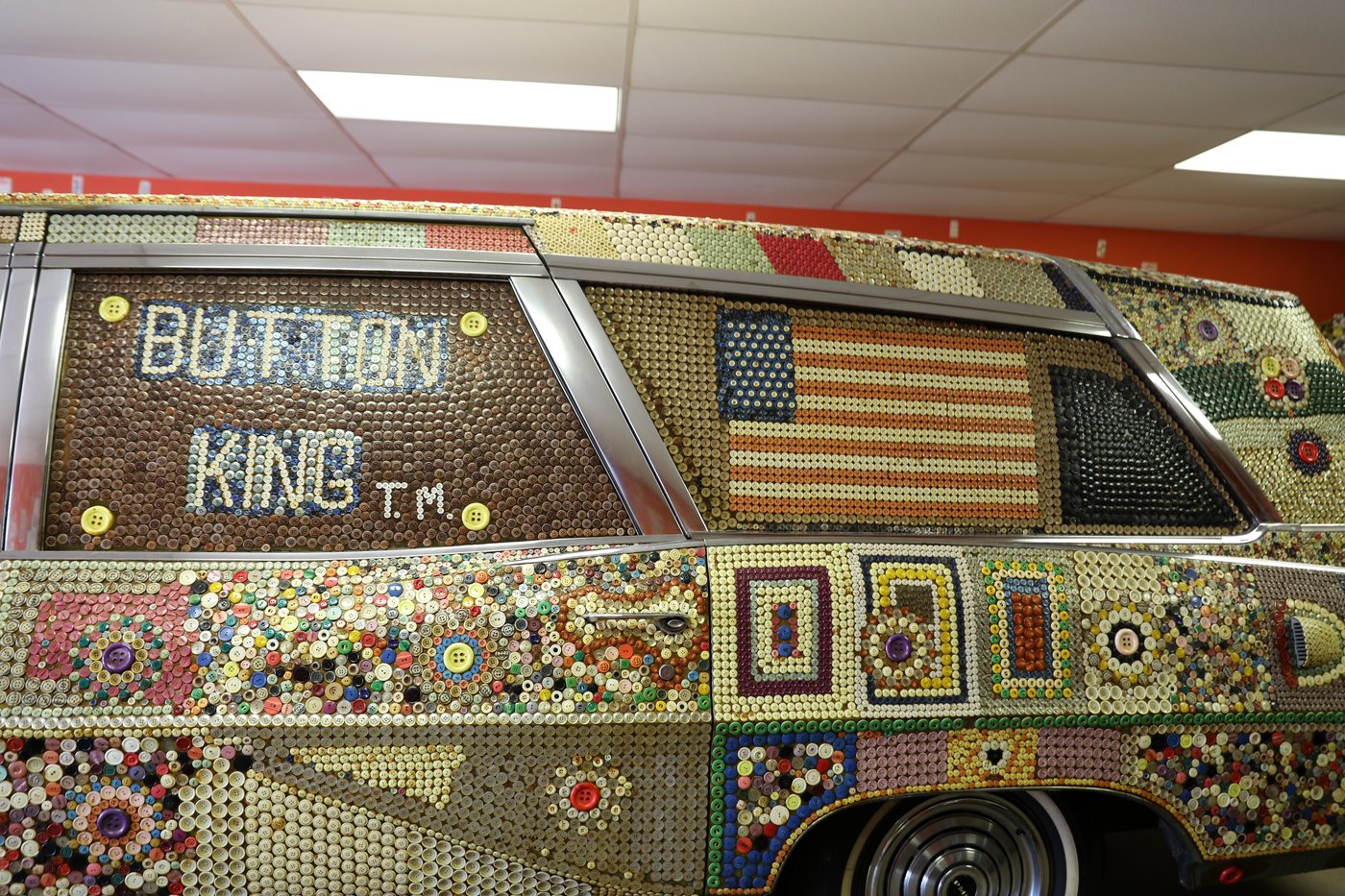
The Button King’s legacy lives on in quirky South Carolina museum
BISHOPVILLE, S.C. (AP) — When J.D. Stevens flips on the lights in the shed by his South Carolina home, he feels the presence of his dad, who died nearly a decade ago. He also sees hundreds of thousands of buttons.
They are sewn onto the original button suit on the mannequin that started it all. Nearby is the Chevrolet Chevette covered in buttons of all colors, big and small. There’s a walk-in outhouse with a toilet covered in buttons and a piano with buttons everywhere but the keys. There’s a button-covered hearse not too far from the coffin where white buttons stand out from all the rest, spelling out “BUTTON KING.”
Dalton Stevens started on the road to become the Button King one night in 1983 while battling insomnia and, after retiring, a feeling of worthlessness and withdrawal from the world. He got an epiphany to start sewing buttons onto a denim suit because, as he said, “television went off at two in the morning back then.”
Fame in the 1980s, thanks to Johnny Carson
Back in the 1980s, one didn’t trend to the top overnight. Once Stevens finished the original button suit, a tiny newspaper in Bishopville wrote a story. Then the local TV station did its own package. Stevens kept sewing and gluing buttons and once he finished covering the entire Chevette there was a second local TV story picked up by that fledgling all-news network CNN.
National attention grew after he was featured in magazines. One day the phone rang in his Bishopville home. It was “The Tonight Show Starring Johnny Carson.”
Carson made it a point not to see Stevens in 1987 before he walked onto the stage, wearing a suit covered in 16,333 buttons — everywhere but the butt and the back of the thighs. Carson laughed at the sight. Stevens then sang a little ditty while playing his 3,005-button guitar.
“If you like the color of my clothes, would you give me buttons instead of a rose,” Stevens sang with his South Carolina twang. “Buttons can be square or round. They keep my pants from falling down.”
The Button King on the talk show circuit
Carson gave Stevens the honor of staying over a commercial break. Then Stevens made the king of late night roar with laughter at a joke about his three ex-wives.
“Once you make it to the Johnny Carson show one time, that’s about as big as you can get without being in the movies. That was high for an old country boy like me,” Stevens told South Carolina Educational Television in an early 2000s interview.
Life was never the same. He was on talk shows hosted by David Letterman, Regis Philbin and Kathie Lee Gifford and Geraldo Rivera.
Stevens and his button suit made trips to Japan and Canada. The appearances kept rolling in for two decades. Stevens’ fame lasted long enough for an eponymous website to pop up. It has since disappeared.
The Button King’s museum in South Carolina
Eventually the Button King finished all his folk art pieces and needed a place to store them. With his family’s help he built a shed on his land and called it the “S.C. Button Museum.”
From the start, it’s been open to the public 24/7. After Stevens died in 2016 his son kept his promise to keep the museum open.
“It makes me feel good because it’s daddy’s stuff, you know.” J.D. Stevens said, remembering a couple who visited from Pennsylvania and smiled while looking around the small shed.
Nine years after the Button King died, people still visit.
J.D. Stevens will greet them if he’s home. If not, they can just flip on the lights themselves and look around. The guest book shows about a dozen visitors over the past month.
It’s almost exactly as the Button King left it — all the way down to the board with nails where he hung 25 buttons at a time to keep count and plan his art projects. The buttons aren’t as vibrant as they once were. And the Stevens family has added extra buttons to the walls as decoration. But it is mostly the same.
One item is missing though — the second casket Stevens made.
He’s buried in that one beside his wife, Ruby, who died eight years before him.
“He was an entertainer, you know,” J.D. Stevens said. “He liked to entertain people except for that period where he had withdrawn, but he loved to make people laugh and so when he saw somebody smiled and it was on.”
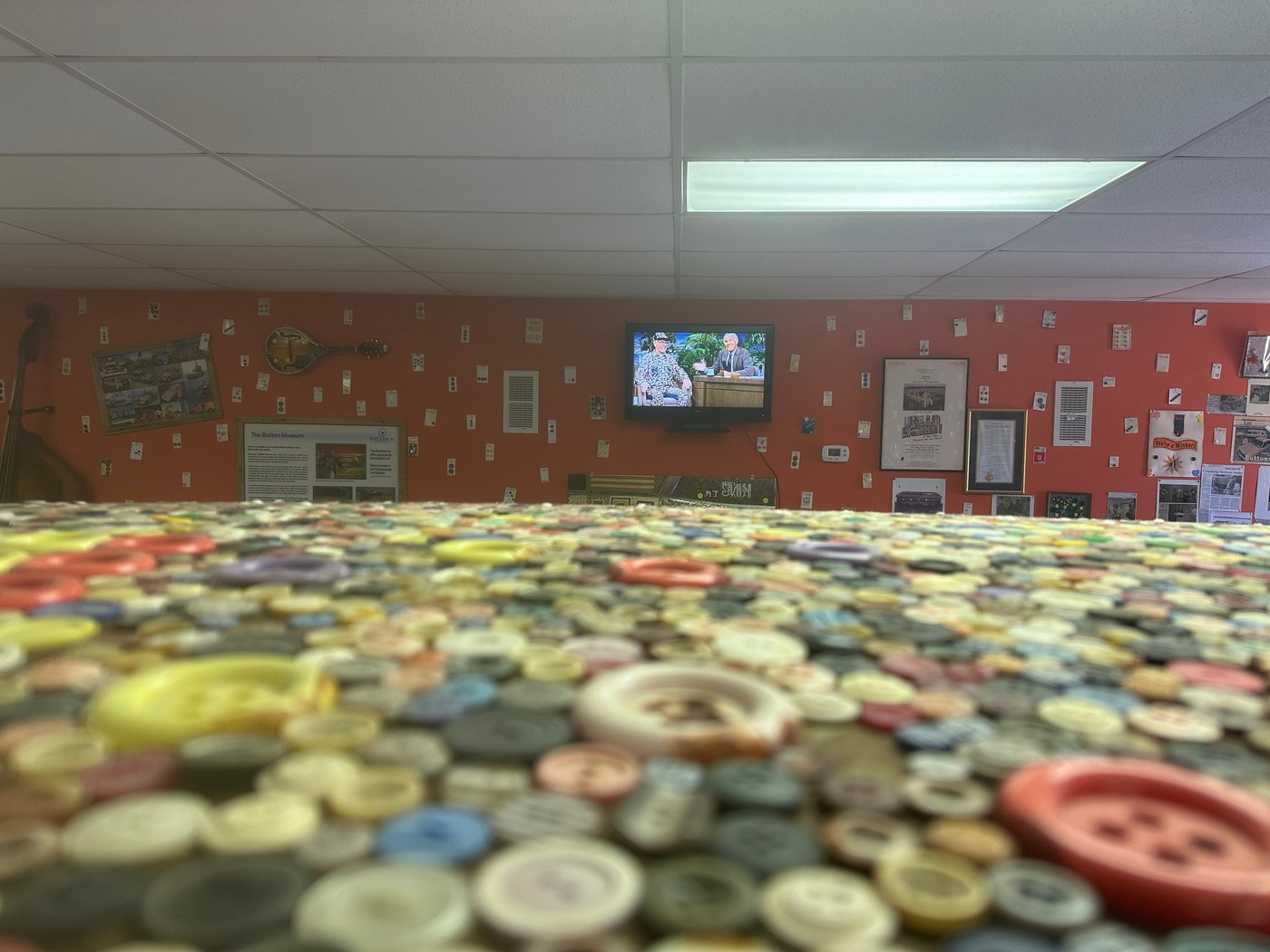
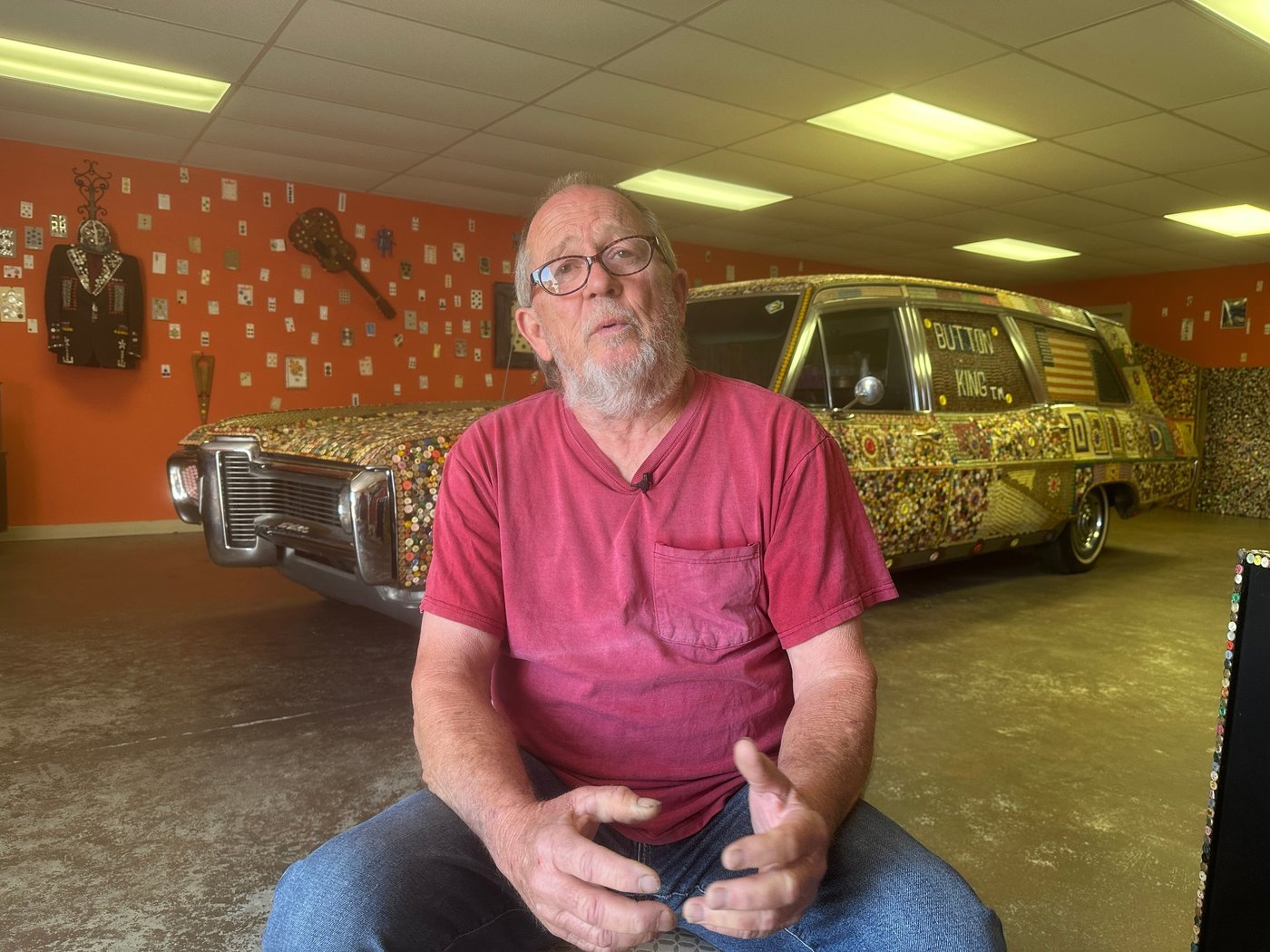
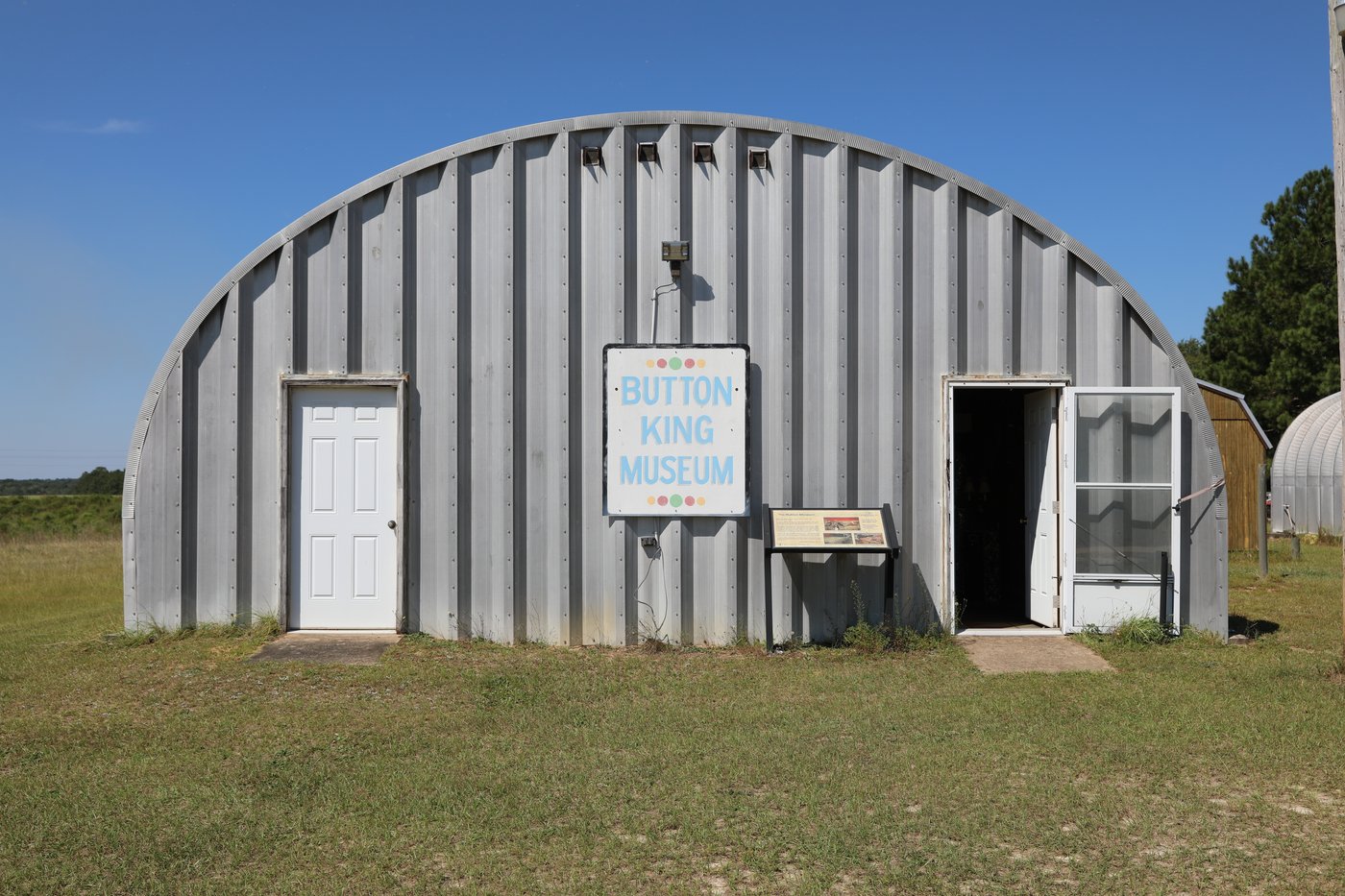
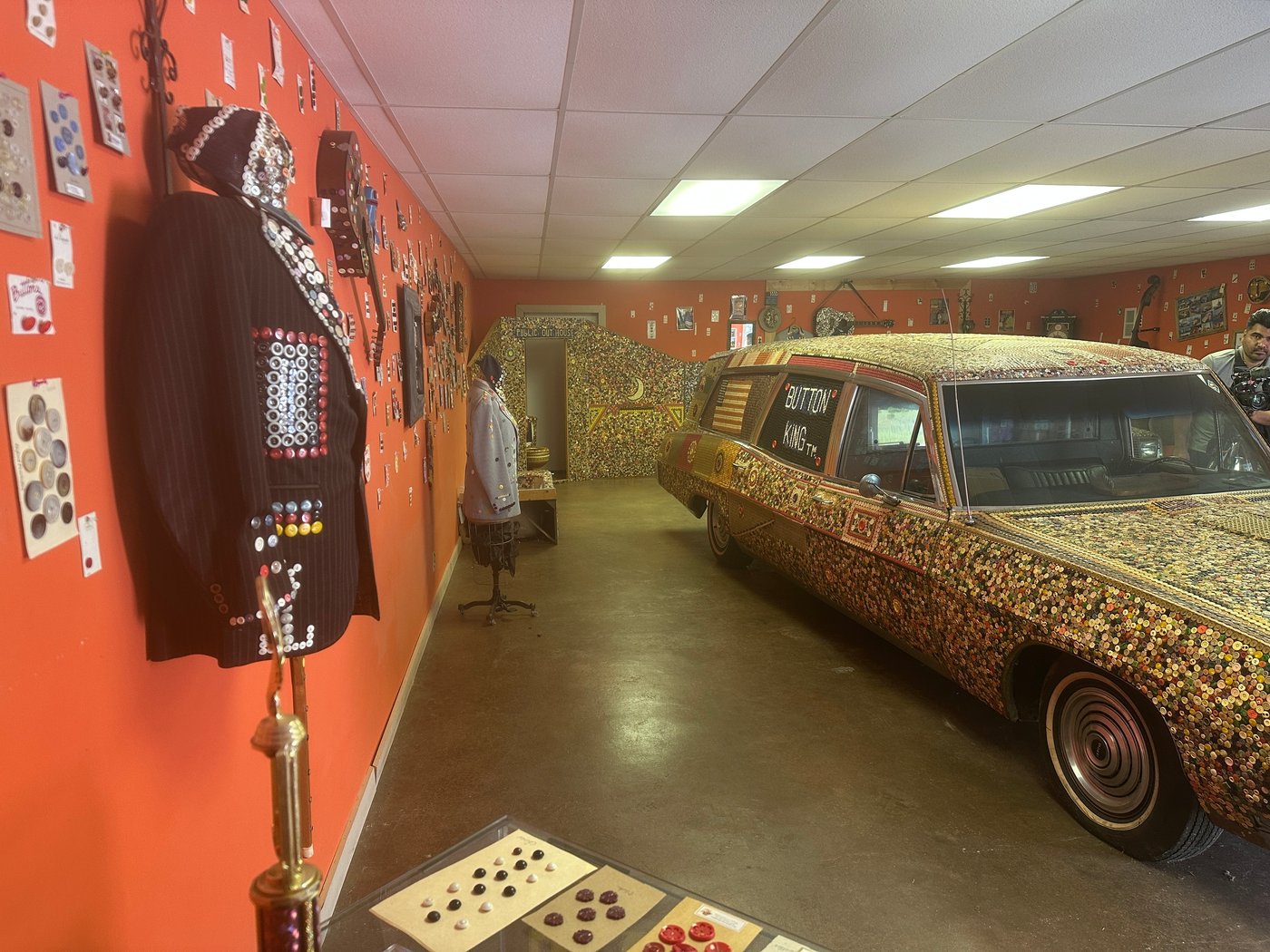
Join the Conversation!
Want to share your thoughts, add context, or connect with others in your community?
You must be logged in to post a comment.













